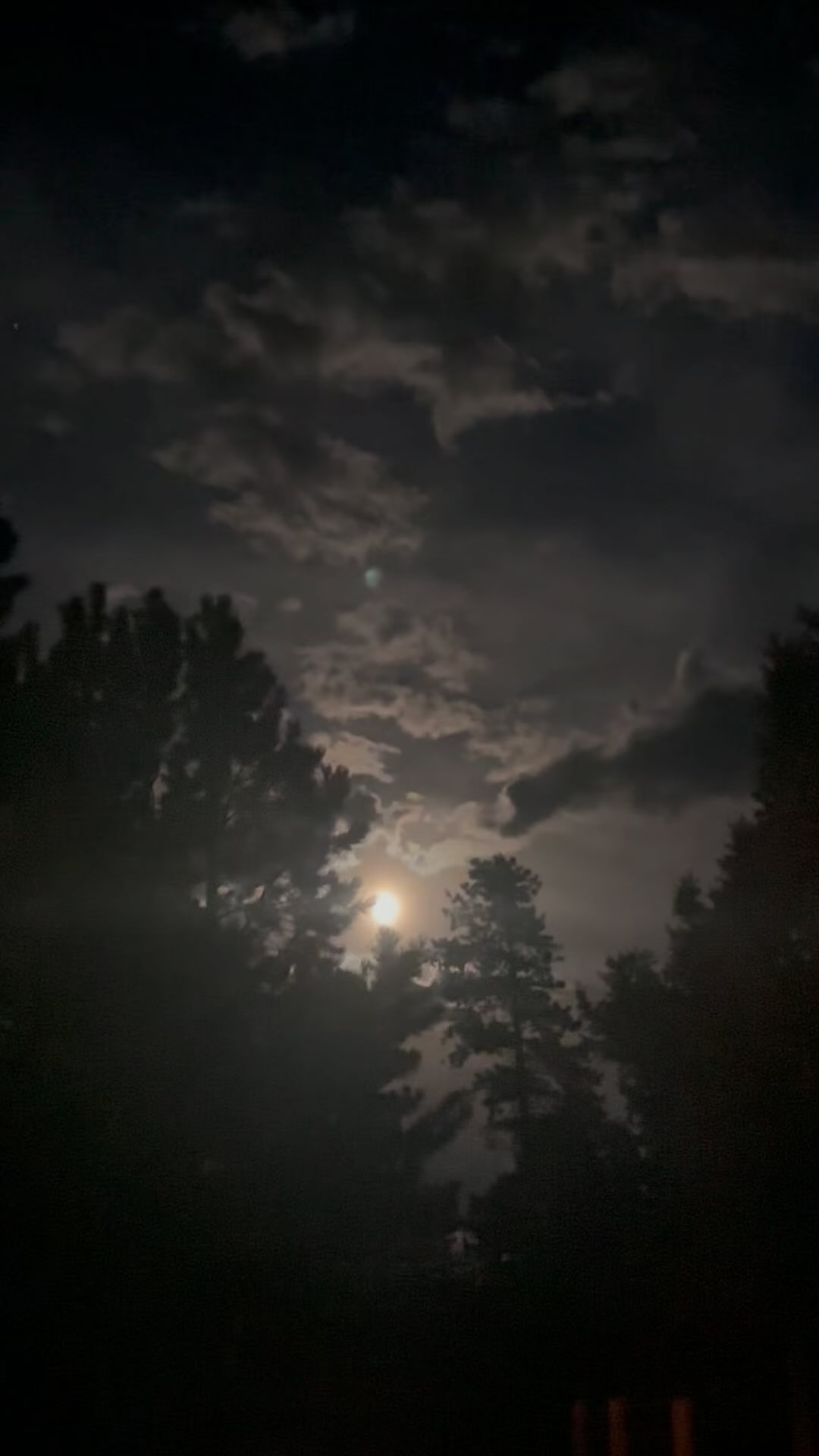- The science behind wolves’ behavior concerning the full moon
- Misconceptions about wolves howling at the moon
- The biological significance of dawn and dusk activity (crepuscular behavior)
- The influence of moonlight on wolf activity
- Conservation implications and public education efforts
Wolves are prominent in the world of wildlife due to their complex social structures and survival strategies. Understanding their behavior, particularly concerning the full moon, requires a close look at scientific facts and common misconceptions. This article explores these aspects, shedding light on the fascinating dynamics within wolf packs and their interactions with their environment during a full moon.
To begin with, it is necessary to address a widespread myth: wolves do not howl at the moon. This misconception may stem from the image of a silhouetted wolf against a glowing full moon, which is deeply embedded in popular culture. However, wolves howl for various reasons, such as communicating with pack members, establishing territory, and coordinating hunting activities. The moon itself plays no direct role in their howling behaviors.
Wolves are crepuscular animals which are most active during dawn and dusk. This behavioral pattern, called crepuscular activity, helps them maximize hunting efficiency while minimizing the risk of encountering predators or human activity. During these twilight hours, wolves use reduced light conditions to stealthily track and chase down their prey.
Interestingly, the full moon does have some indirect influences on wolf activity. The increased illumination provided by a full moon can extend the period during which wolves are active. Enhanced visibility aids in hunting, navigating their terrain and spotting potential threats. More light means these nocturnal hunters can see better and more effectively during their nighttime prowls.
Heightened activity during full moon phases isn’t just a matter of convenience; it’s a survival strategy that has evolved over centuries. The incremental advantage granted by better nighttime visibility can make a significant difference in hunting success rates, ultimately affecting the survival and well-being of the wolf pack.
Understanding these natural behaviors provides important insights for those involved in wildlife conservation and zoo management. For instance, observing wolves in captivity during different moon phases can help zoo staff better replicate natural conditions. Offering exhibitions or guided tours during a full moon helps public education and awareness campaigns by demonstrating real-life wolf behavior in a controlled environment.
Moreover, the theme of “he packs howling on tonight Moon Tour” in educational settings helps correct public misconceptions and deepen appreciation for these fascinating creatures. Such programs can enrich the visitor experience, making them more engaged and invested in wildlife conservation efforts. Accurate information helps demystify these animals, fostering respect and understanding rather than fear and superstition.
Understanding wolf behavior regarding moon phases has significant conservation implications. Conservationists can use this knowledge to develop strategies for reintroducing wolves into the wild or managing existing wild populations. By aligning activities such as tracking, monitoring, and even public viewing opportunities with peak activity periods, conservation efforts can be optimized for both animal well-being and educational impact.
Besides the direct conservation benefits, promoting an accurate understanding of wolf behavior has broader ecological implications. Wolves are apex predators and play a vital role in maintaining the balance of their ecosystems. Misunderstanding their behaviors can lead to misguided policies and practices that may disrupt these critical ecological dynamics.
Public education on wolves’ corpuscular activity and their use of moonlight can also influence how communities coexist with these animals. Educating local populations about natural behaviors can reduce conflicts and promote safer environments for wolves and humans. Knowledge-sharing is essential for fostering a more harmonious relationship between people and wildlife.
Lastly, combining scientific research, public education, and conservation initiatives can develop a holistic approach to wildlife management that benefits animals and humans. Whether through zoo exhibitions like “The”Pack Howling on ToniTonight’sl Moon Tour” or”through community outreach programs, sharing the true nature of wolf behaviors paves the way for more informed and effective conservation strategies.
Studying how the full moon affects wolves goes beyond debunking myths. It provides critical insights into their natural behaviors, aiding conservation efforts while enriching public understanding and appreciation of these remarkable creatures. Solutions that consider these elements can improve our interactions with wildlife, ensuring their survival and fostering a greater sense of coexistence.
*****
Source Description
The pack is howling on tonight’s Moon Tour! 🌕
While wolves don’t AT the moon, they may be more active during a full moon due to the all-right it gives off. Wolves are usually crepuscular- meaning they are most active at dawn and dusk.


